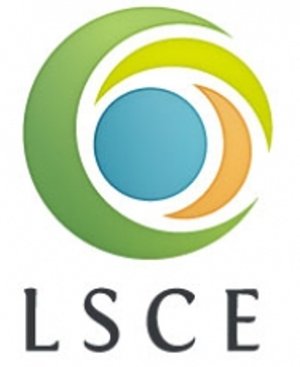Ecosystems functioning and plant growth strategies are adapted to local environmental conditions through evolution and selection. Global vegetation models are being used to predict responses of the terrestrial biosphere to global environmental change (climate, CO2, nutrient inputs, etc.). Yet, the parametrisations of key mechanisms in models by which ecosystem functioning and structure adjusts to the environment are commonly based on fixed and prescribed parameters. For example, allocation to leaves, wood and roots is often a function only of tree size, although the ratio of above versus belowground allocation is clearly sensitive to nutrient availability. Rates determining the photosynthetic capacity are commonly prescribed per plant functional type although patterns observed across climatic gradients can be explained from first principles. Hence, these models may well be too rigid when faced with changing environmental conditions.
I will focus on the trade-off between above and belowground carbon allocation of plants and present results from a review of CO2 enrichment experiments where we examined the “cost” of nitrogen (N) acquisition and how this determines leaf-level photosynthetic acclimation, aboveground growth stimulation, and soil C storage changes. I will then present a model, as simple as possible, but able to capture allocation, N fixation and growth responses in a grassland CO2 enrichment experiment. Its dynamic adjustment of C allocation implies no rigid N limitation of plant growth under low N inputs but a shift towards more belowground allocation, less leaky N cycling and a “progressive release from N limitation”.
CREAF, Barcelona

